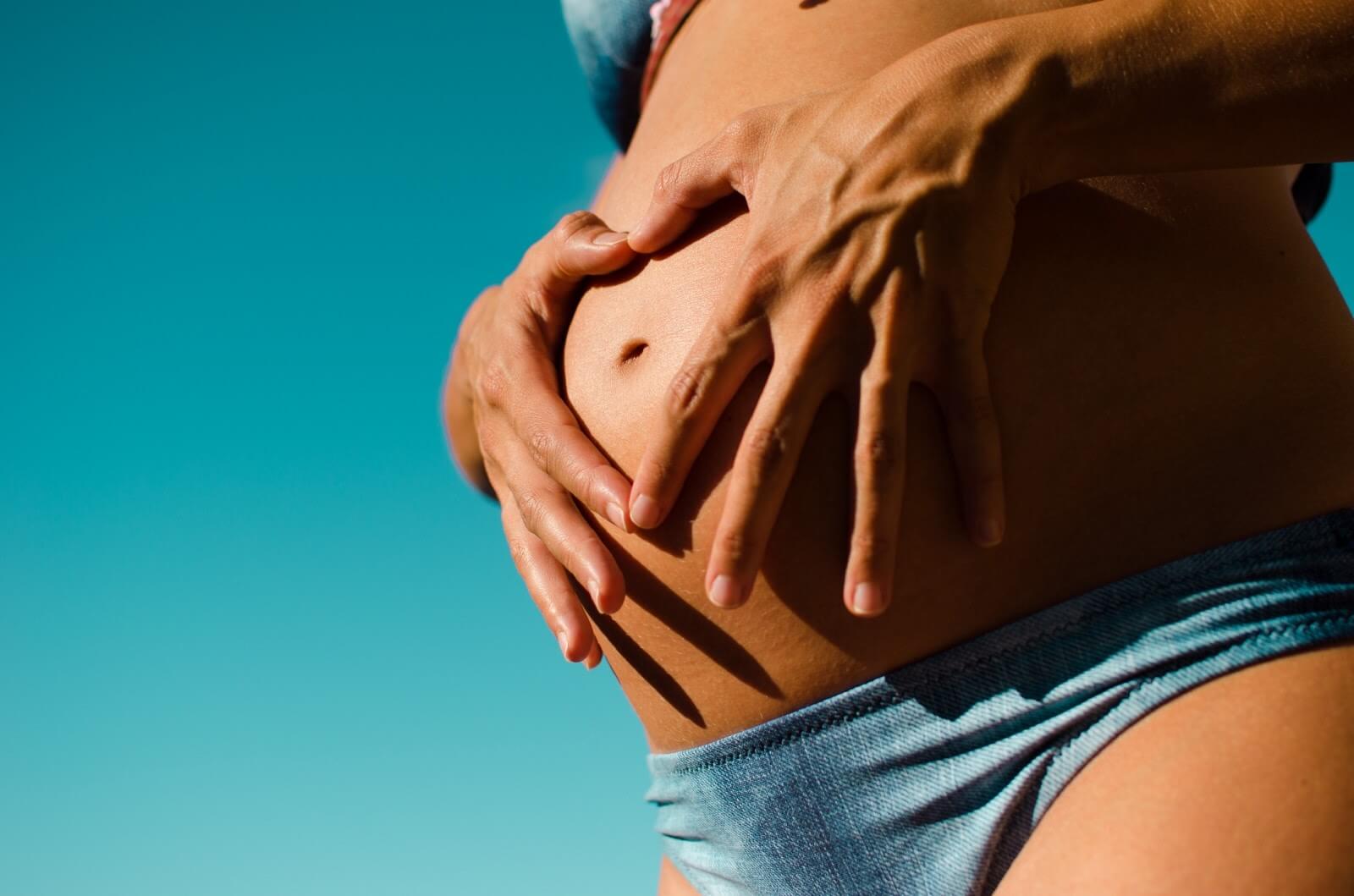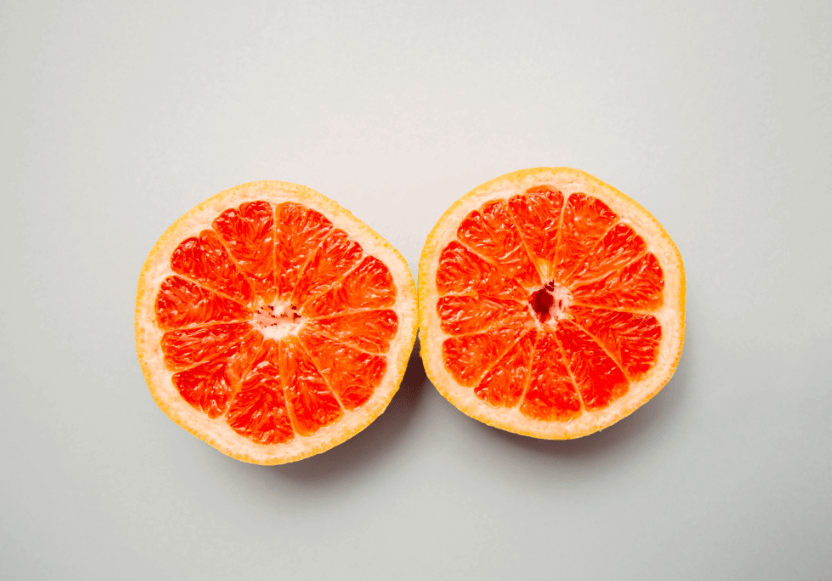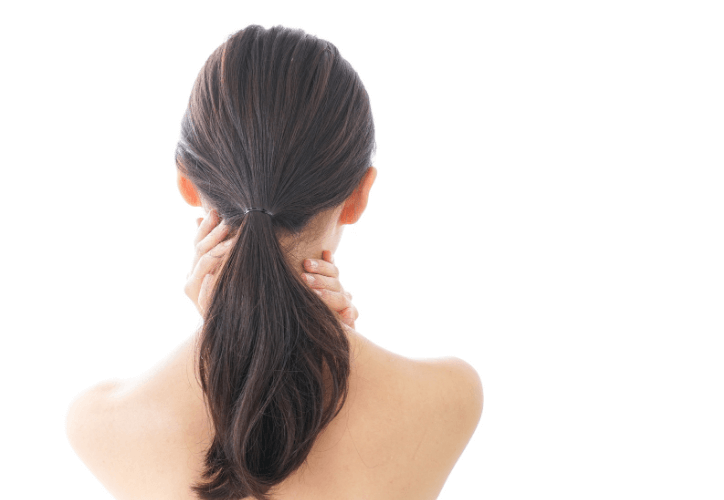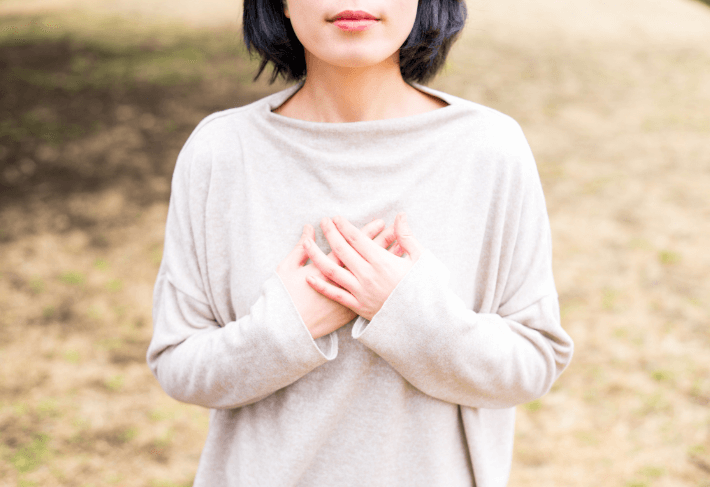
February 3, 2020/
My entire body itches and I can not stop scratching.

My entire body itches and I can not stop scratching.

We just like sex more than abstinence Every day I discuss contraception with patients. While some want contraception for specific...

More than 13,000 US women are diagnosed with cervical cancer each year. In most cases, this disease is preventable through...

The internet is a fantastic thing — Endless information at our disposal within seconds. While the internet has made it...

Why do breasts hurt sometimes. Breast pain is common Up to 70% of women will experience breast pain (or mastalgia)...

October is Breast Cancer Awareness Month and the best thing you can do is educate yourself.